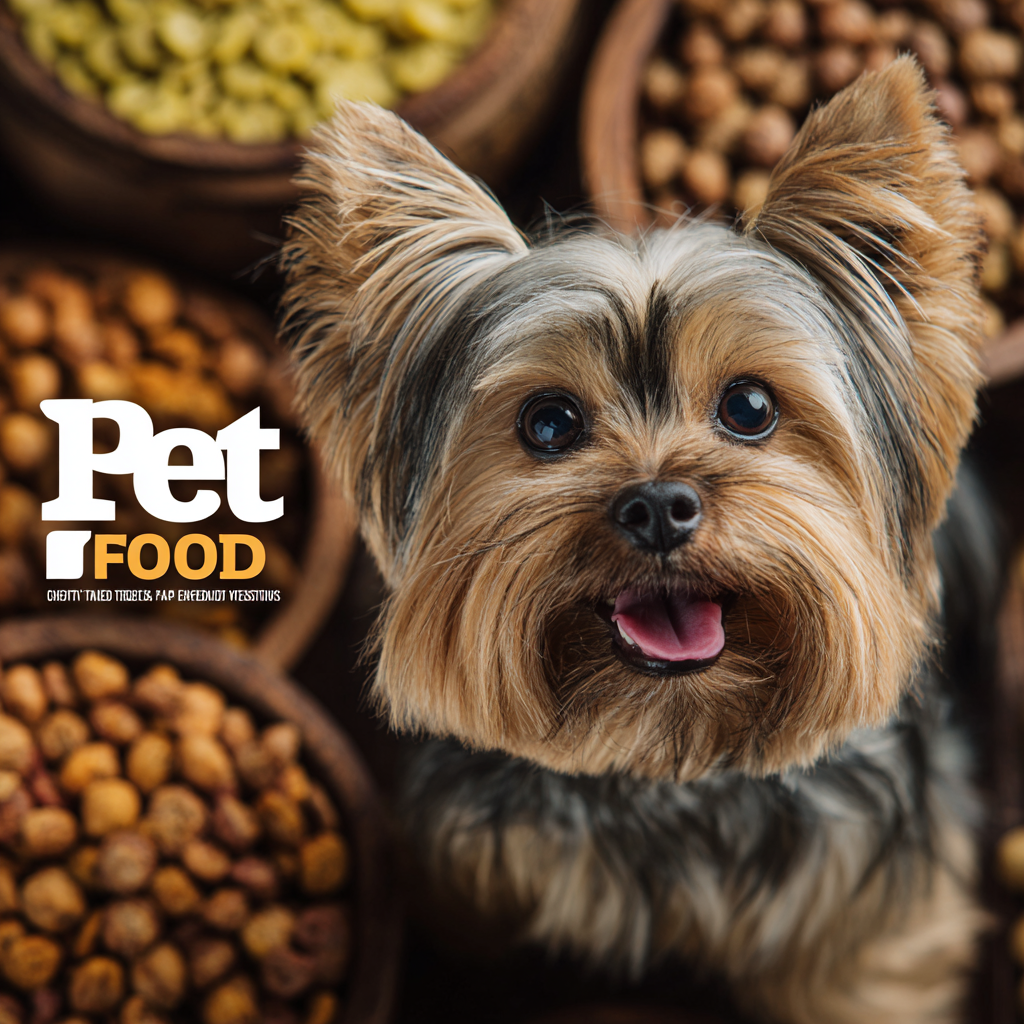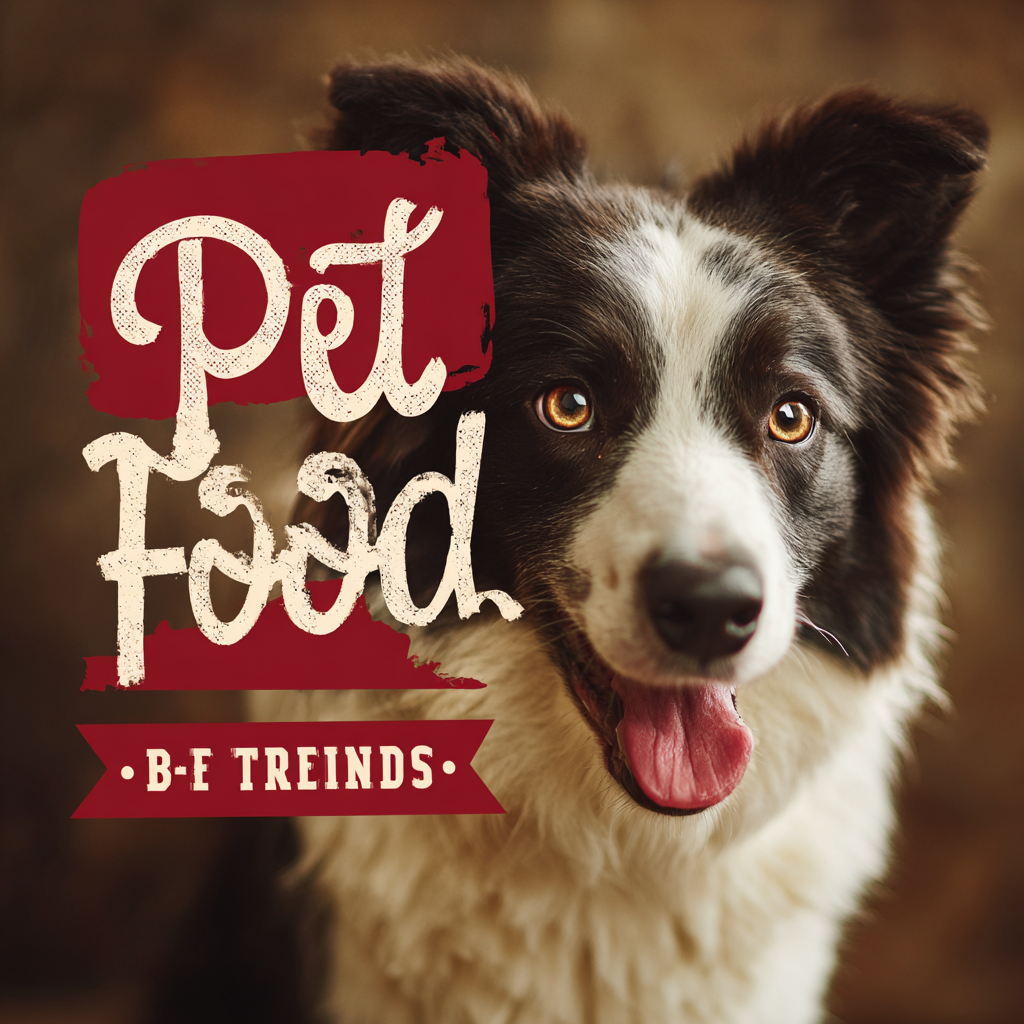As we look ahead to 2025, the pet food industry is undergoing a significant transformation driven by evolving consumer preferences and the need for healthier, sustainable options. This blog explores the latest trends in pet food alternatives, highlighting innovative ingredients and diets that cater to the growing demand for quality nutrition for our furry companions. With more pet owners becoming conscious of what goes into their pets' bowls, alternative types of pet food—such as plant-based options, insect protein, and raw diets—are gaining prominence. This shift not only reflects a commitment to pet health but also addresses broader environmental concerns. Join us as we delve into the market insights that reveal how these trends are shaping the future of pet food, setting the stage for a new era in pet nutrition.

The current pet food market landscape is undergoing a significant transformation as we approach 2025, driven by innovative products and evolving consumer preferences. Recent events like the Petfood Forum have highlighted the emergence of cutting-edge products that resonate with pet owners seeking quality and sustainability. The focus on plant-based pet foods is particularly notable, reflecting a broader trend towards sustainable nutrition. Consumers are increasingly prioritizing eco-friendly options that not only benefit their pets but also align with their values regarding environmental responsibility.
Moreover, the booming pet food market is projected to reach new heights, as indicated by a growing interest in fresh and raw food options. As more pet owners become conscious of their pets' diets, the fresh pet food segment is expected to grow significantly, with new product launches paving the way for innovation. This trend, coupled with advancements in technology and AI, is set to reshape the market dynamics, providing exciting opportunities for both established brands and new entrants. Adapting to these changes will be essential for companies looking to thrive in the competitive pet food industry by 2025.

As pet owners become increasingly aware of the importance of nutrition, several key trends are emerging that are shaping their choices in pet food. One major trend is the shift towards natural and organic ingredients. Consumers are seeking out products that contain fewer artificial additives and preservatives, favoring whole-food ingredients that contribute to their pets' health. This heightened demand for transparency compels brands to prioritize ingredient quality and traceability, allowing pet owners to make informed decisions about what they feed their furry companions.
Another significant nutritional trend is the rise of specialized diets tailored to specific health needs. From grain-free options to formulas designed for sensitive stomachs or weight management, pet food brands are innovating to meet diverse dietary requirements. Probiotics and functional ingredients, such as omega fatty acids for skin health and glucosamine for joint support, are becoming increasingly prevalent in product formulations. As pet parents seek to optimize their pets' wellness through tailored nutrition, manufacturers are responding with enhanced offerings that emphasize the health benefits of their products.

As sustainability continues to shape the pet food industry, responsible sourcing and ethical production practices are becoming essential. With a growing focus on the environmental impact of pet food, brands are now prioritizing transparency and the quality of their ingredients. Sourcing practices that consider animal welfare, environmental impacts, and community benefits are at the forefront of consumer preferences, leading to a significant shift in how pet food is produced and marketed.
Tips for pet owners looking to support sustainable practices include researching brands that promote ethical sourcing and prioritizing high-quality ingredients. Check for certifications that verify responsible farming and sourcing practices. Additionally, consider purchasing food that uses minimal or compostable packaging to reduce waste in landfills.
Another important factor is to evaluate the protein sources in your pet's food. Opt for brands that provide information on how their ingredients are sourced and their impact on the environment. Choosing products that are aligned with sustainability initiatives not only benefits your pet but also contributes to a healthier planet.
The premium pet food market is experiencing a radical transformation driven by innovative ingredients, particularly in the small breed segment. With the small breed dog food market poised for steady growth between 2025 and 2035, fueled by increasing pet adoption and heightened consumer awareness, companies are keen to explore new ingredient options that cater to health-conscious pet owners. The North American pet food ingredients market, projected to increase from $12.6 billion in 2024 to $29 billion by 2035, indicates a growing demand for premium products characterized by their functional and health-oriented formulations.
Among the transformative ingredients gaining traction is insect oil, sourced from Black Soldier fly larvae. This sustainable alternative to traditional fats aligns with the industry's shift towards environmentally friendly practices while also appealing to health-focused consumers. The call for partnerships between established brands and startups is becoming increasingly common, reflecting a collective effort to innovate and introduce cutting-edge products that meet evolving pet owner preferences.
As the market anticipates significant growth, particularly in fresh pet food—which is expected to add $3.2 billion in revenue by 2029—stakeholders must remain agile and responsive to the latest trends in pet nutrition.
In the evolving landscape of pet food choices, consumer behavior has become a pivotal factor shaping market trends leading to 2025. According to a recent report by the American Pet Products Association, approximately
67% of U.S. households own a pet, and pet owners increasingly prioritize
quality over cost when selecting food for their furry companions. A significant
55% of pet owners now prefer brands that emphasize
natural and organic ingredients, reflecting a growing awareness of health and wellness not just for humans, but for pets as well.
Furthermore, the rise of technology plays an integral role in influencing pet food choices. A survey conducted by Nielsen found that
45% of pet owners rely on
social media reviews and recommendations to make informed decisions. This trend highlights the power of digital influence, as more brands engage with consumers through social platforms to advertise product benefits and nutritional information. As we approach 2025, pet owners are not only seeking
transparency and quality but are also becoming more knowledgeable about pet nutrition, indicating a shift towards a more sophisticated consumer base that expects transparency in ingredient sourcing and health benefits from their pet food brands.